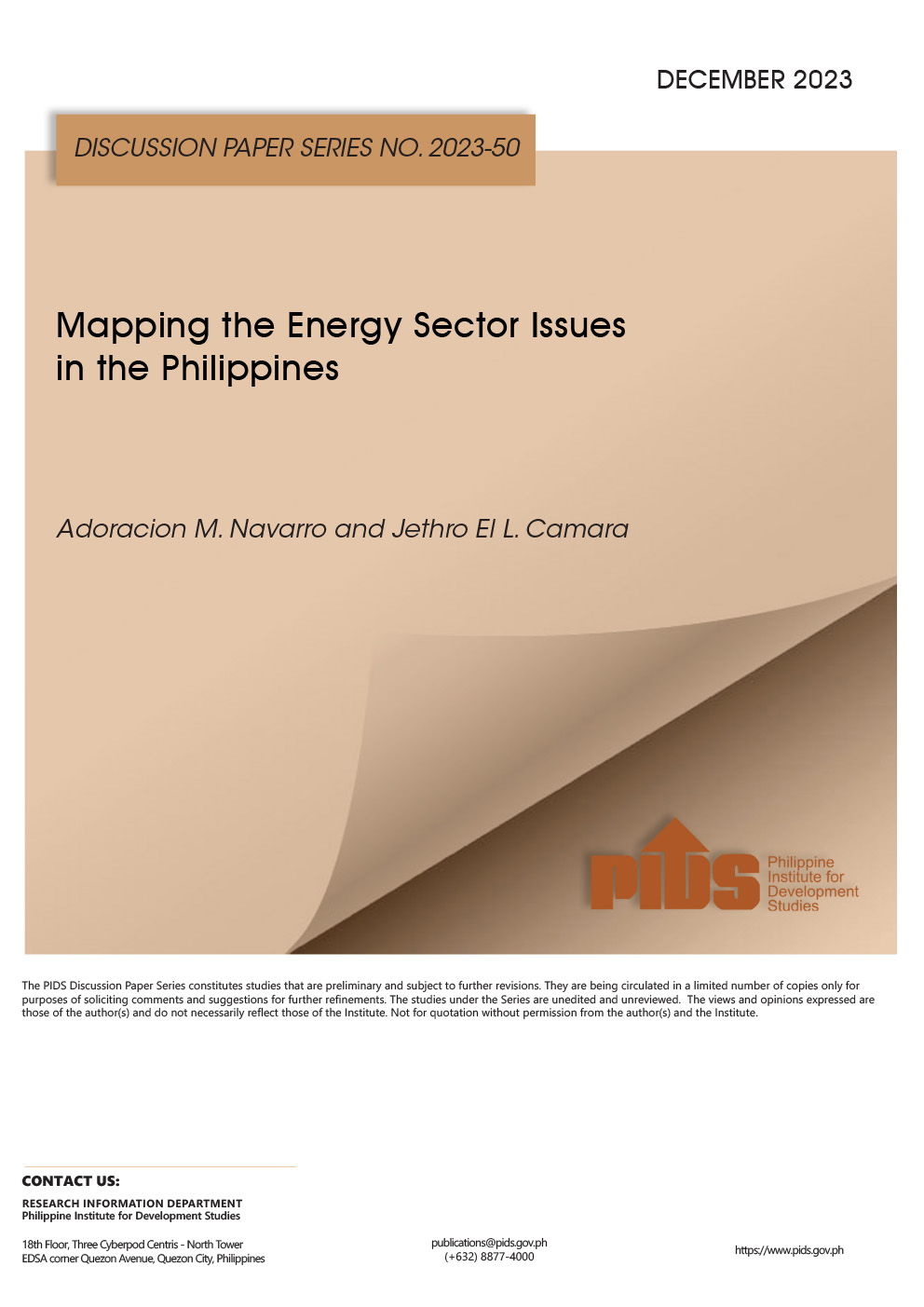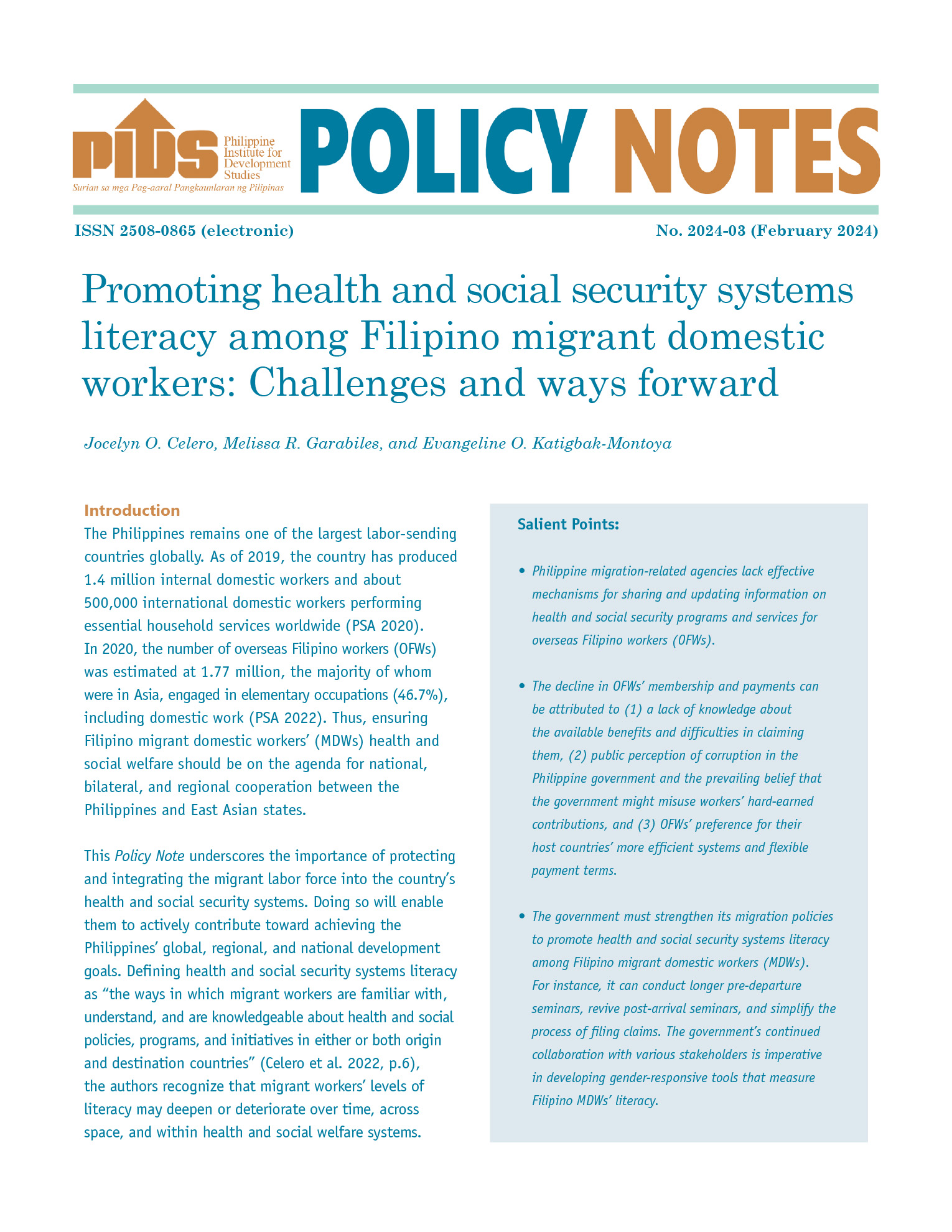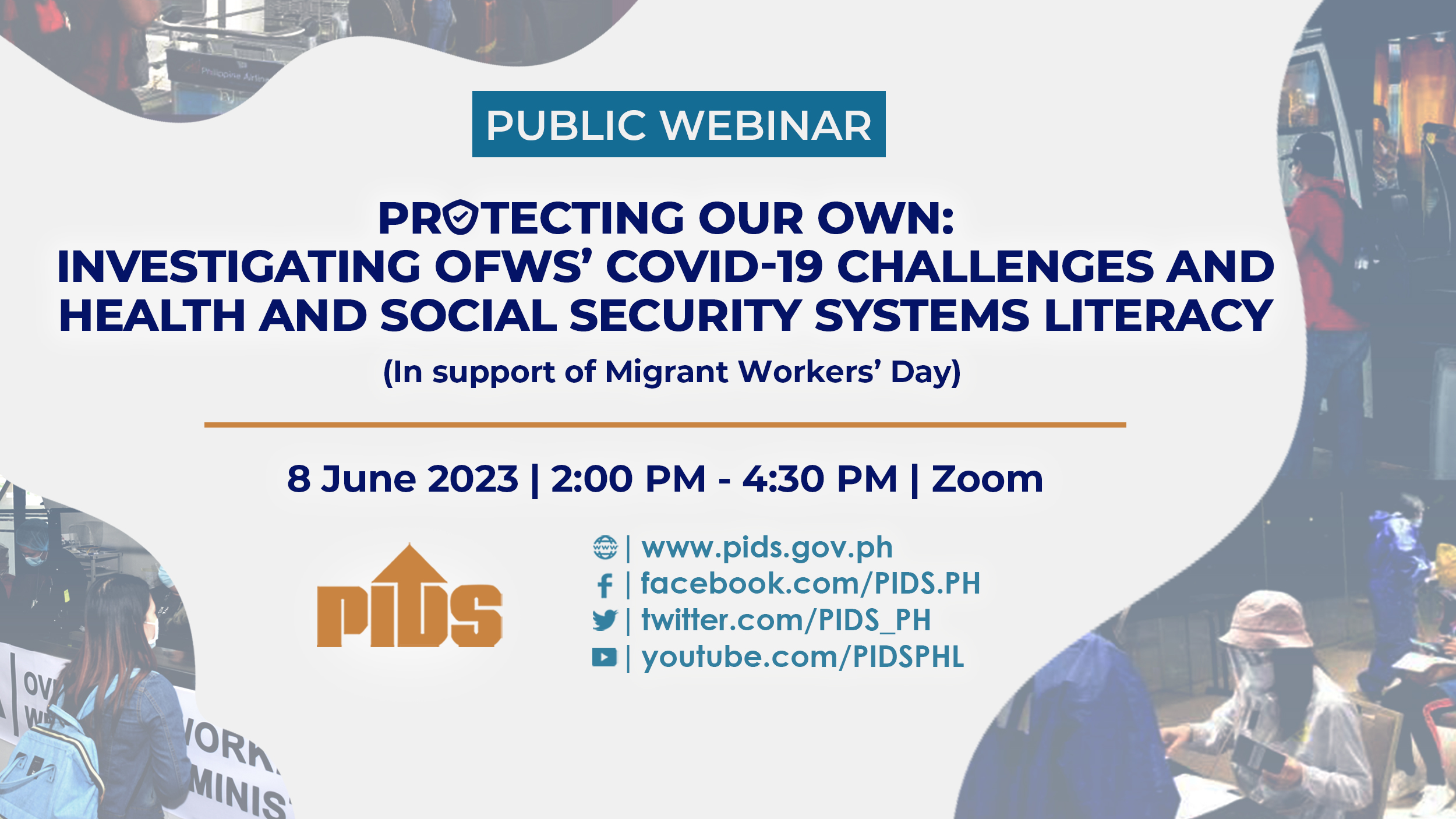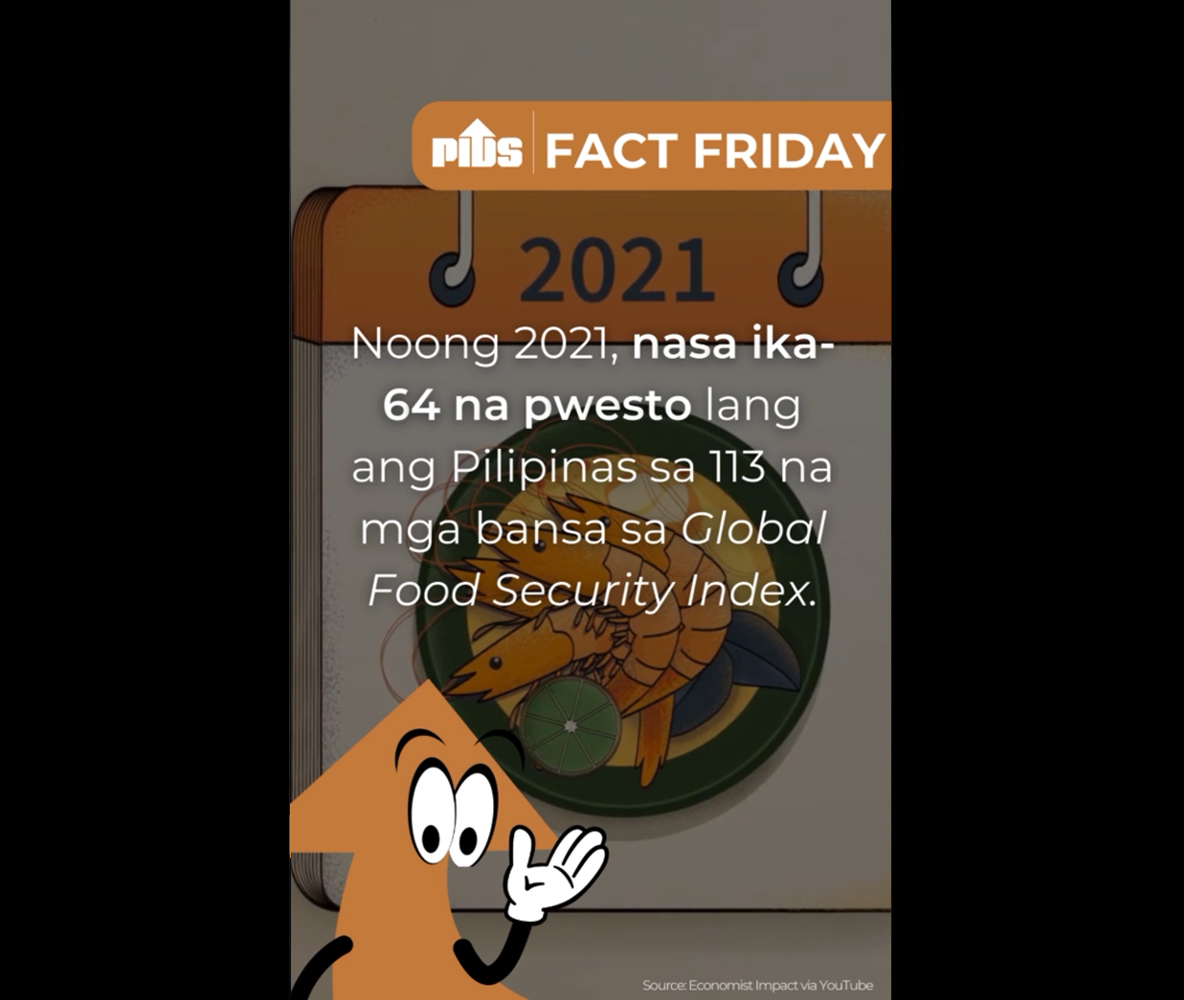WITH over two million rural households depending on rice farming, the Filipino dream of self-sufficiency in rice exerts a powerful hold on vote-hungry politicians as well as the popular imagination.
This dream was again revived by the Aquino administration in 2010 as a performance objective through its Food Self-Sufficiency Program (FSSP), which targeted total self-sufficiency (zero rice imports) by either 2013 or 2016.
But was this dream ever realistic at all to begin with? History says no. (See Table 1.)
Previously, average annual growth in palay production exceeded 6 percent only once, in the mid-’80s, due almost entirely to the high-yield new varieties from the "Green Revolution” hatched in Los Baños, Laguna. But since 1994, the historical average has only been 3.2 percent, or half the FSSP target of 6.3 percent growth a year.
Wide gap
The gap is especially wide for irrigated palay, where FSSP hopes to increase the rice-planted area by an ambitious 4.1 percent a year through new or rehabilitated irrigation systems. One has to ask if this will ever match the natural advantages of, say, Vietnam and Thailand, the biggest rice exporters in the Association of Southeast Asian Nations (Asean), whose large and fertile plains are watered by the great Mekong River delta. The historical record with our irrigated palay area is only halfway to the target.
The view through the windshield confirms the perspective from the rear mirror. Figure 1 shows a range of projections of annual rice imports by the Philippines (in thousand metric tons), based on the Arkansas Global Rice Model developed by Eric Wailes, professor at the University of Arkansas, from the experience of 40 rice-exporting and -importing countries.
The midpoint of the projections (the mean) tells us that we will still be importing rice every year till 2022. And below the lower boundary of the range, there is only a 10 percent likelihood that we will become self-sufficient by 2015 and begin enjoying "negative imports” (i.e. exports) thereafter. In fact, the government has already projected nearly 100,000 MT of rice imports by the middle of this year.
Of course, the probability of success is only one reason to do anything and not even the most important reason at that.
The more important questions are these:
Will this action be worth it?
Will the benefits outweigh the costs?
Will those net benefits conform with and maybe even reinforce other things that are also considered important?
Not worthwhile if costly
Self-sufficiency in rice is worthwhile to the rice-consuming majority only to the extent that it provides real rice security: sufficient rice supply at affordable and stable prices.
Second, it is worthwhile to the rice-producing minority to the extent that it sustains its livelihood, assuming that rice farming is, in fact, the best alternative open to it. And there are–as with everything else–all sorts of costs to think about.
Consider a neighborhood block with 20 families. They all love pan de sal for breakfast. One family, headed by Mang Panadero, bakes pan de sal in an old-fashioned pugon. Every morning he sells it to the other 19 families for P150 a dozen.
One day a Vietnamese bakery opens for business down the road. With the latest in baking technology, they can sell exactly the same quality of pan de sal, but for only P100 a dozen. What should the neighborhood do?
Status quo: The other families love Mang Panadero, so they continue to buy his pan de sal even at a premium of P50 a dozen, or 50 percent. That premium, paid by 19 families, totals a tidy sum of P950 received by Panadero every day. Economists regard it as addition to "producer surplus.”
Better alternative: Money is tight, so the 19 families shift their business instead to the Vietnamese newcomer and collectively save P950 a day. Now that it is savings, this amount can be added to "consumer surplus.”
With those savings, the families can choose to buy more than one dozen pan de sal a day, or butter and eggs to go with the bread. The added consumer surplus is now stimulating additional demand for pan de sal and other goods from the bakery, the neighborhood grocery and other producers.
Since the families do still love Mang Panadero, they could set aside, say, P100 a day from their savings as a charity fund for his family. With that money, at least his family can continue to buy pan de sal at the same low price as their neighbors.
Mang Panadero now faces the challenge of modernizing his pugon, or looking for other customers outside the neighborhood, if he wants to stay in the pan de sal business. Alternatively, he could start making something else that his neighborhood wants to buy but is not yet available. What about pan de coco? Maybe his neighbors will even agree to pitch in more money to help him transition to a new livelihood.
The simple illustration above can be transferred to the country’s rice sector. (See Table 2.)
Over the four years from 2006 to 2009, the country incurred an average economic cost (a negative net surplus) of P6.7 billion a year from its rice policies. This increased by three times to P20.17 billion a year from 2010 to 2012, when the Aquino administration launched its FSSP.
Causes of welfare cost
This economic welfare cost was caused by the following:
Price difference between locally grown and imported rice. In 2012, the average price of local rice was about 50 percent more expensive than Vietnamese rice.
Lower rice consumption due to high prices of locally grown rice. This is especially true for the poor, whose food budgets are more limited.
Quantitative restriction on rice imports under a special treatment that the Philippines has enjoyed from the World Trade Organization since 1994. Among other things, this reduces tariff revenues that might otherwise be collected from unrestricted imports.
Net costs of FSSP, estimated at over P50 billion over the program’s six-year life even if it achieves its self-sufficiency targets.
Cost of National Food Authority’s (NFA) price support, such as its mandate during lean harvest times to buy palay at above market (high palay procurement price paid to farmers) and sell rice at below market (low official release price charged to consumers).
To its credit, the Department of Agriculture is now saying that it never targeted total self-sufficiency in rice, only "optimum sufficiency.” Malaysia, for example, only targets 80-percent self-sufficiency.
We hope this rethinking by government leads to a repurposing of FSSP: away from the questionable objective of zero imports toward a more realistic objective of simply improving the productivity of our rice farmers to make them more competitive within unrestricted Asean and global markets.
Rice security via trade
Ironically, the Asean region is home to two of the world’s largest rice importers (the Philippines and Indonesia) as well as two of the largest rice exporters (Thailand and Vietnam). The difference in per capita rice production (kilograms per person) between the two groups has been inexorably widening since the early ’90s. (See Figure 2.)
It makes sense for the region’s rice exporters to be selling more and more to its rice importers over time. And yet the Asean region as a whole has been exporting more of its rice to the rest of the world than to each other since 1980. (See Figure 3.)
Clearly, much remains to be done in order to deepen and stabilize the rice trade between the region’s rice exporters and importers:
Exporters must be able to rely upon importers’ long-term purchase commitments so that they can invest in the necessary production capacity.
Importers must be given guaranteed access to export supplies even during episodes of global market volatility.
Broader and more transparent trading arrangements will lead to wider sharing of market information, reducing the uncertainty and miscalculations that are the real cause of price volatility.
The sharp global rice price hike in 2008, for example, could have been avoided if Vietnamese rice traders had not hedged against higher export prices by sitting on their rice stocks, prompting the Philippines to counterhedge by buying excessive amounts of rice abroad.
In the long run, greater rice trade will encourage the emergence of new rice exporters, such as Myanmar and Cambodia, which share the natural advantages of their bigger neighbors in Indochina.
The instinct to protect one’s rice sector is almost visceral and not just in the Philippines. Rice (followed by sugar) is mentioned most often on the short lists of tariffable (and almost always agricultural) items that Asean members are allowed to exempt from intraregional free trade. Any progress made toward opening up and deepening regional rice trade can only be a collective achievement.
Repurposing NFA
As the region opens up its rice trade, the Philippines must make difficult choices about the different ways its rice farmers have been protected by government. In particular, the country’s grain agency, the NFA, must decide whether it should continue to play two roles from among its multiple mandates:
Should the NFA continue to be the country’s sole authorized importer of rice?
Should the NFA continue to provide price support–whether to rice farmers or rice consumers–that piles on ever larger amounts of subsidies and debt?
The first one is a command-and-control role that rarely does well in a market-driven economy. Consider that the NFA and its Vietnamese counterpart, Vinafood 2, together account for about half of the region’s rice trade. Any miscalculation by one or the other, or both, tends to be magnified and prolonged, as in 2008.
Open market
By comparison, in a truly open market, the dynamic interaction between many private importers and many sellers converges into an equilibrium price that truly reflects the underlying scarcity of rice. This continuous exchange of information among many players also stabilizes the price and minimizes its volatility over time.
This in turn allows those players to make reasonable and long-term commitments and investments.
The same market pricing dynamic applies to the local production and distribution of rice. As subsidies are phased out, the NFA can also seek a "financial restart” by shifting the burden of its accumulated debt over to government.
With more and cheaper imports, "economic surplus” will return to our consumers from our farmers. Some of that surplus can be recycled back to the farmers, e.g. by using some of the additional tariff revenues from higher imports to fund a conditional-cash-transfer program for the neediest farmers, or to help finance the redirection of their activity and resources toward nonrice, higher-value and perhaps, exportable crops.
Smaller NFA role
This leaves the NFA with a potentially smaller set of restricted roles:
Maintain buffer rice stocks (both imported and locally grown) in support of domestic disaster response and poverty alleviation.
Provide logistical services in remote areas with poorly developed supply chains, while pursuing market upgrading in other areas (e.g. by establishing negotiable warehouse receipts).
Other regulatory oversight, e.g. monitor rice purchase agreements, enforce rice grades and standards, and license legitimate rice importers (without applying import ceilings).
In short, "rice security through self-sufficiency” is a false mantra. The proper policy choices are to seek rice security on behalf of the majority of consumers; rely on open trade with our rice-exporting neighbors to deliver most of that security; maintain buffer stocks against the unexpected; and support our rice farmers with direct livelihood assistance as well as long-term productivity improvement through technology and extension programs.
(Roehlano M. Briones, Ph.D., is a senior research fellow at the Philippine Institute for Development Studies. Gary Olivar is a banking and political consultant. They wish to acknowledge valuable research insights from Ramon Clarete, Ph.D., former dean of the University of the Philippines School of Economics. All three WITH over two million rural households depending on rice farming, the Filipino dream of self-sufficiency in rice exerts a powerful hold on vote-hungry politicians as well as the popular imagination.
This dream was again revived by the Aquino administration in 2010 as a performance objective through its Food Self-Sufficiency Program (FSSP), which targeted total self-sufficiency (zero rice imports) by either 2013 or 2016.
But was this dream ever realistic at all to begin with? History says no. (See Table 1.)
Previously, average annual growth in palay production exceeded 6 percent only once, in the mid-’80s, due almost entirely to the high-yield new varieties from the "Green Revolution” hatched in Los Baños, Laguna. But since 1994, the historical average has only been 3.2 percent, or half the FSSP target of 6.3 percent growth a year.
Wide gap
The gap is especially wide for irrigated palay, where FSSP hopes to increase the rice-planted area by an ambitious 4.1 percent a year through new or rehabilitated irrigation systems. One has to ask if this will ever match the natural advantages of, say, Vietnam and Thailand, the biggest rice exporters in the Association of Southeast Asian Nations (Asean), whose large and fertile plains are watered by the great Mekong River delta. The historical record with our irrigated palay area is only halfway to the target.
The view through the windshield confirms the perspective from the rear mirror. Figure 1 shows a range of projections of annual rice imports by the Philippines (in thousand metric tons), based on the Arkansas Global Rice Model developed by Eric Wailes, professor at the University of Arkansas, from the experience of 40 rice-exporting and -importing countries.
The midpoint of the projections (the mean) tells us that we will still be importing rice every year till 2022. And below the lower boundary of the range, there is only a 10 percent likelihood that we will become self-sufficient by 2015 and begin enjoying "negative imports” (i.e. exports) thereafter. In fact, the government has already projected nearly 100,000 MT of rice imports by the middle of this year.
Of course, the probability of success is only one reason to do anything and not even the most important reason at that.
The more important questions are these:
Will this action be worth it?
Will the benefits outweigh the costs?
Will those net benefits conform with and maybe even reinforce other things that are also considered important?
Not worthwhile if costly
Self-sufficiency in rice is worthwhile to the rice-consuming majority only to the extent that it provides real rice security: sufficient rice supply at affordable and stable prices.
Second, it is worthwhile to the rice-producing minority to the extent that it sustains its livelihood, assuming that rice farming is, in fact, the best alternative open to it. And there are–as with everything else–all sorts of costs to think about.
Consider a neighborhood block with 20 families. They all love pan de sal for breakfast. One family, headed by Mang Panadero, bakes pan de sal in an old-fashioned pugon. Every morning he sells it to the other 19 families for P150 a dozen.
One day a Vietnamese bakery opens for business down the road. With the latest in baking technology, they can sell exactly the same quality of pan de sal, but for only P100 a dozen. What should the neighborhood do?
Status quo: The other families love Mang Panadero, so they continue to buy his pan de sal even at a premium of P50 a dozen, or 50 percent. That premium, paid by 19 families, totals a tidy sum of P950 received by Panadero every day. Economists regard it as addition to "producer surplus.”
Better alternative: Money is tight, so the 19 families shift their business instead to the Vietnamese newcomer and collectively save P950 a day. Now that it is savings, this amount can be added to "consumer surplus.”
With those savings, the families can choose to buy more than one dozen pan de sal a day, or butter and eggs to go with the bread. The added consumer surplus is now stimulating additional demand for pan de sal and other goods from the bakery, the neighborhood grocery and other producers.
Since the families do still love Mang Panadero, they could set aside, say, P100 a day from their savings as a charity fund for his family. With that money, at least his family can continue to buy pan de sal at the same low price as their neighbors.
Mang Panadero now faces the challenge of modernizing his pugon, or looking for other customers outside the neighborhood, if he wants to stay in the pan de sal business. Alternatively, he could start making something else that his neighborhood wants to buy but is not yet available. What about pan de coco? Maybe his neighbors will even agree to pitch in more money to help him transition to a new livelihood.
The simple illustration above can be transferred to the country’s rice sector. (See Table 2.)
Over the four years from 2006 to 2009, the country incurred an average economic cost (a negative net surplus) of P6.7 billion a year from its rice policies. This increased by three times to P20.17 billion a year from 2010 to 2012, when the Aquino administration launched its FSSP.
Causes of welfare cost
This economic welfare cost was caused by the following:
Price difference between locally grown and imported rice. In 2012, the average price of local rice was about 50 percent more expensive than Vietnamese rice.
Lower rice consumption due to high prices of locally grown rice. This is especially true for the poor, whose food budgets are more limited.
Quantitative restriction on rice imports under a special treatment that the Philippines has enjoyed from the World Trade Organization since 1994. Among other things, this reduces tariff revenues that might otherwise be collected from unrestricted imports.
Net costs of FSSP, estimated at over P50 billion over the program’s six-year life even if it achieves its self-sufficiency targets.
Cost of National Food Authority’s (NFA) price support, such as its mandate during lean harvest times to buy palay at above market (high palay procurement price paid to farmers) and sell rice at below market (low official release price charged to consumers).
To its credit, the Department of Agriculture is now saying that it never targeted total self-sufficiency in rice, only "optimum sufficiency.” Malaysia, for example, only targets 80-percent self-sufficiency.
We hope this rethinking by government leads to a repurposing of FSSP: away from the questionable objective of zero imports toward a more realistic objective of simply improving the productivity of our rice farmers to make them more competitive within unrestricted Asean and global markets.
Rice security via trade
Ironically, the Asean region is home to two of the world’s largest rice importers (the Philippines and Indonesia) as well as two of the largest rice exporters (Thailand and Vietnam). The difference in per capita rice production (kilograms per person) between the two groups has been inexorably widening since the early ’90s. (See Figure 2.)
It makes sense for the region’s rice exporters to be selling more and more to its rice importers over time. And yet the Asean region as a whole has been exporting more of its rice to the rest of the world than to each other since 1980. (See Figure 3.)
Clearly, much remains to be done in order to deepen and stabilize the rice trade between the region’s rice exporters and importers:
Exporters must be able to rely upon importers’ long-term purchase commitments so that they can invest in the necessary production capacity.
Importers must be given guaranteed access to export supplies even during episodes of global market volatility.
Broader and more transparent trading arrangements will lead to wider sharing of market information, reducing the uncertainty and miscalculations that are the real cause of price volatility.
The sharp global rice price hike in 2008, for example, could have been avoided if Vietnamese rice traders had not hedged against higher export prices by sitting on their rice stocks, prompting the Philippines to counterhedge by buying excessive amounts of rice abroad.
In the long run, greater rice trade will encourage the emergence of new rice exporters, such as Myanmar and Cambodia, which share the natural advantages of their bigger neighbors in Indochina.
The instinct to protect one’s rice sector is almost visceral and not just in the Philippines. Rice (followed by sugar) is mentioned most often on the short lists of tariffable (and almost always agricultural) items that Asean members are allowed to exempt from intraregional free trade. Any progress made toward opening up and deepening regional rice trade can only be a collective achievement.
Repurposing NFA
As the region opens up its rice trade, the Philippines must make difficult choices about the different ways its rice farmers have been protected by government. In particular, the country’s grain agency, the NFA, must decide whether it should continue to play two roles from among its multiple mandates:
Should the NFA continue to be the country’s sole authorized importer of rice?
Should the NFA continue to provide price support–whether to rice farmers or rice consumers–that piles on ever larger amounts of subsidies and debt?
The first one is a command-and-control role that rarely does well in a market-driven economy. Consider that the NFA and its Vietnamese counterpart, Vinafood 2, together account for about half of the region’s rice trade. Any miscalculation by one or the other, or both, tends to be magnified and prolonged, as in 2008.
Open market
By comparison, in a truly open market, the dynamic interaction between many private importers and many sellers converges into an equilibrium price that truly reflects the underlying scarcity of rice. This continuous exchange of information among many players also stabilizes the price and minimizes its volatility over time.
This in turn allows those players to make reasonable and long-term commitments and investments.
The same market pricing dynamic applies to the local production and distribution of rice. As subsidies are phased out, the NFA can also seek a "financial restart” by shifting the burden of its accumulated debt over to government.
With more and cheaper imports, "economic surplus” will return to our consumers from our farmers. Some of that surplus can be recycled back to the farmers, e.g. by using some of the additional tariff revenues from higher imports to fund a conditional-cash-transfer program for the neediest farmers, or to help finance the redirection of their activity and resources toward nonrice, higher-value and perhaps, exportable crops.
Smaller NFA role
This leaves the NFA with a potentially smaller set of restricted roles:
Maintain buffer rice stocks (both imported and locally grown) in support of domestic disaster response and poverty alleviation.
Provide logistical services in remote areas with poorly developed supply chains, while pursuing market upgrading in other areas (e.g. by establishing negotiable warehouse receipts).
Other regulatory oversight, e.g. monitor rice purchase agreements, enforce rice grades and standards, and license legitimate rice importers (without applying import ceilings).
In short, "rice security through self-sufficiency” is a false mantra. The proper policy choices are to seek rice security on behalf of the majority of consumers; rely on open trade with our rice-exporting neighbors to deliver most of that security; maintain buffer stocks against the unexpected; and support our rice farmers with direct livelihood assistance as well as long-term productivity improvement through technology and extension programs.
(Roehlano M. Briones, Ph.D., is a senior research fellow at the Philippine Institute for Development Studies. Gary Olivar is a banking and political consultant. They wish to acknowledge valuable research insights from Ramon Clarete, Ph.D., former dean of the University of the Philippines School of Economics. All three are fellows of Foundation for Economic Freedom, an advocacy for free-market reforms supported by good governance.)
Rice security or self-sufficiency?












